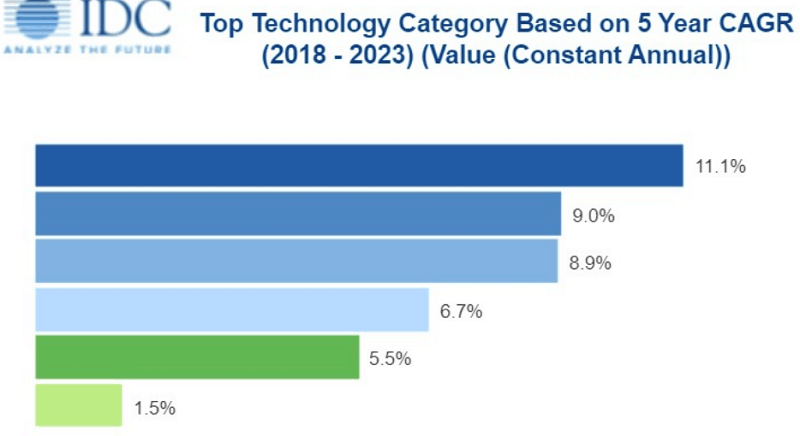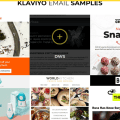In the dynamic world of Software as a Service (SaaS), customer success is the linchpin that often determines a company’s longevity and growth. Understanding and measuring the right metrics can spell the difference between thriving and merely surviving.
This guide breaks down the 15 essential customer success metrics that every SaaS company should monitor to ensure long-term success and customer satisfaction.
Table of Contents
1. Customer Churn Rate
Definition: Customer churn rate is the percentage of customers who stop using your service over a given period.
Why It Matters: A high churn rate indicates dissatisfaction and can severely impact revenue. By tracking churn, you can identify patterns and reasons for customer departures, allowing you to implement strategies to improve retention.
2. Net Promoter Score (NPS)
Definition: NPS measures customer loyalty by asking customers how likely they are to recommend your service to others on a scale of 0 to 10.
Why It Matters: NPS for small business provides direct insight into customer satisfaction and loyalty. Promoters (scores 9-10) are likely to refer others, while detractors (scores 0-6) could harm your brand through negative word-of-mouth.

3. Customer Lifetime Value (CLV)
Definition: CLV is the total revenue expected from a customer over their entire relationship with your company.
Why It Matters: Understanding CLV helps you determine how much you can spend on acquiring new customers while remaining profitable.
4. Monthly Recurring Revenue (MRR)
Definition: MRR is the predictable revenue a company expects to receive from customers on a monthly basis.
Why It Matters: MRR is crucial for forecasting revenue and growth trends, making it easier to plan and allocate resources effectively. According to Younium, it is important for SaaS businesses to have complicated revenue recognition processes due to mixed and custom pricing plans.
5. Customer Acquisition Cost (CAC)
Definition: CAC is the total cost of acquiring a new customer, including marketing, sales expenses, and SaaS recruitment efforts.
Why It Matters: Monitoring CAC ensures that your customer acquisition strategies are cost-effective and sustainable.
6. Customer Retention Rate
Definition: Customer retention rate is the percentage of customers who continue to use your service over a specified period.
Why It Matters: High retention rates indicate satisfied customers and stable revenue streams, reducing the pressure to constantly acquire new customers.
7. Customer Engagement Score
Definition: This metric measures how actively customers are using your product or service.
Why It Matters: Higher engagement often correlates with higher satisfaction and lower churn rates, making it a critical indicator of customer health.
How to Calculate: Develop a scoring system based on key actions customers take within your service (e.g., log-ins, feature usage).
8. Time to Value (TTV)
Definition: TTV is the time it takes for a new customer to realize the value of your product or service.
Why It Matters: A shorter TTV can improve customer satisfaction and increase the likelihood of retention and referrals.
How to Calculate: Measure the time from the customer’s initial sign-up to their first significant success milestone.
9. First Contact Resolution (FCR)
Definition: FCR measures the percentage of customer issues resolved on the first contact with your support team.
Why It Matters: High FCR rates are indicative of efficient and effective customer support, leading to greater customer satisfaction.
10. Customer Effort Score (CES)
Definition: CES measures the ease with which customers can achieve their goals using your product or service.
Why It Matters: Lower effort scores are associated with higher customer satisfaction and loyalty.
How to Calculate: Survey customers with a question like, “How easy was it to resolve your issue today?” on a scale of 1 to 7.
11. Expansion Revenue
Definition: Expansion revenue is the additional revenue generated from existing customers through upselling and cross-selling.
Why It Matters: It highlights growth potential within your existing customer base and indicates customer satisfaction and loyalty.
How to Calculate: Track revenue from upsells, cross-sells, and add-ons over a specific period.
12. Customer Health Score
Definition: A composite metric that aggregates various indicators (e.g., usage frequency, support tickets) to gauge the overall health of your customer relationships.
Why It Matters: A high customer health score predicts customer retention and identifies at-risk accounts early on.
How to Calculate: Develop a scoring model that includes key indicators relevant to your business.
13. Renewal Rate
Definition: The percentage of customers who renew their subscriptions at the end of a contract period.
Why It Matters: High renewal rates signify customer satisfaction and provide a steady revenue stream.
14. Gross Margin
Definition: Gross margin is the difference between revenue and the cost of goods sold (COGS), expressed as a percentage of revenue.
Why It Matters: It helps you understand the profitability of your service and manage operating costs effectively.
15. Customer Satisfaction Score (CSAT)
Definition: CSAT measures how satisfied customers are with your product, service, or specific interactions.
Why It Matters: High CSAT scores indicate happy customers who are likely to stay with your service and recommend it to others.
How to Calculate: Survey customers with a simple question like, “How satisfied are you with our service?” on a scale of 1 to 5.
Conclusion
Monitoring these 15 customer success metrics can provide SaaS companies with critical insights to enhance customer satisfaction, reduce churn, and drive sustainable growth. By understanding and acting on these metrics, you can create a customer-centric culture that not only meets but exceeds expectations.
Ready to take your customer success efforts to the next level? Start implementing these metrics today and see the transformative impact they can have on your business. Join us in this journey towards unparalleled customer satisfaction and business growth.
























